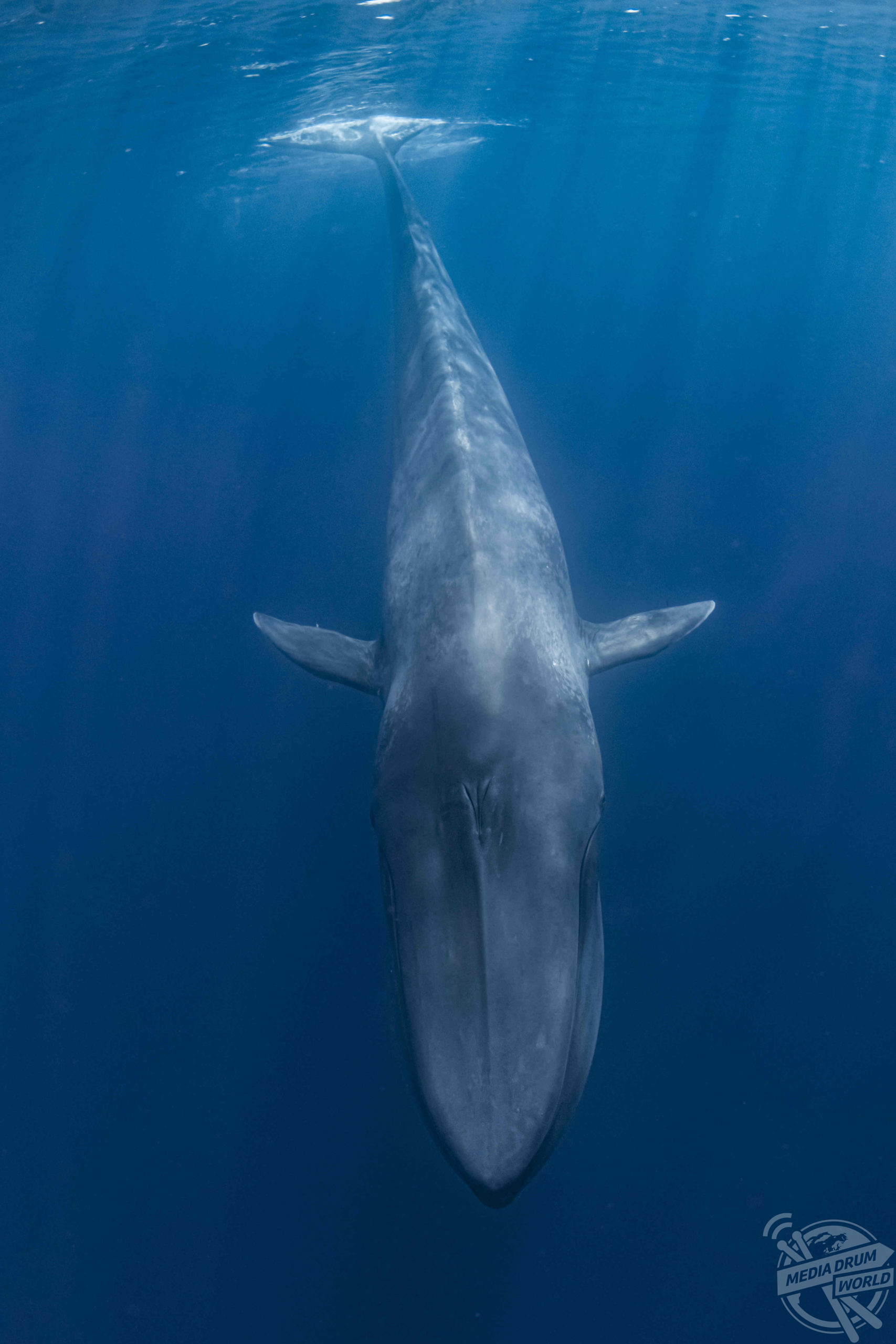By Alexander Greensmith
THIS UNDERWATER photographer has captured an epic selfie with an eighty-foot-long whale thirty-two-feet below the surface.
An out-of-this-world image captured a man swimming alongside an 80-tonne Pygmy blue whale in the Indian ocean, highlighting how small humans are in comparison to the world’s largest animal.
Another image showed the photographer posing for a selfie with the magnificent creature.

The magical images were captured by dive tour leader and photographer, Simon Lorenz (42), from New Territories, Hong Kong. He used a Nikon D850 with a Sigma 15mm lens and Isotta housing kit to snap the whales of Trincomalee, Sri Lanka. The German-born dive instructor was, at times, just 26-feet away from the sea creatures, who can travel at speeds of up to 31 miles-per-hour.
“Unlike other whale species, blue whales are always moving which makes it challenging for a photographer to keep these all of these huge subjects in shot,” Simon said.
“They surface up to three times per encounter to breathe in air. They dive again for up to 15 minutes before they return, so you have to best predict their next move or you’ll miss your shot.

“Each breach is very short, so you only have a very small chance to get the perfect shot. The whales can dive up to one-hundred-and-sixty-feet deep between breaches, and then they rise back up to the top.
“In that time between breaths – which is about a minute – there are lots of water bubbles hitting the lens caused by the force of the dive. I wipe a bit of baby oil or detergent on the lens before I go in and give it a wipe while I wait for the whale to come back up. Right up until the moment the whale is in frame, you are still frantically setting up your next shot.”

Simon dove 30-feet deep to get the perfect shot, but can reach as deep as 45 feet. Sri Lanka is home to the only non-migratory blue whales in the world. While their populations are stable due to Sri Lanka’s anti-whaling policy, there are unfortunately just 10,000 blue whales left in the world – down from 360,000 before commercial whaling began in the 1700s.






